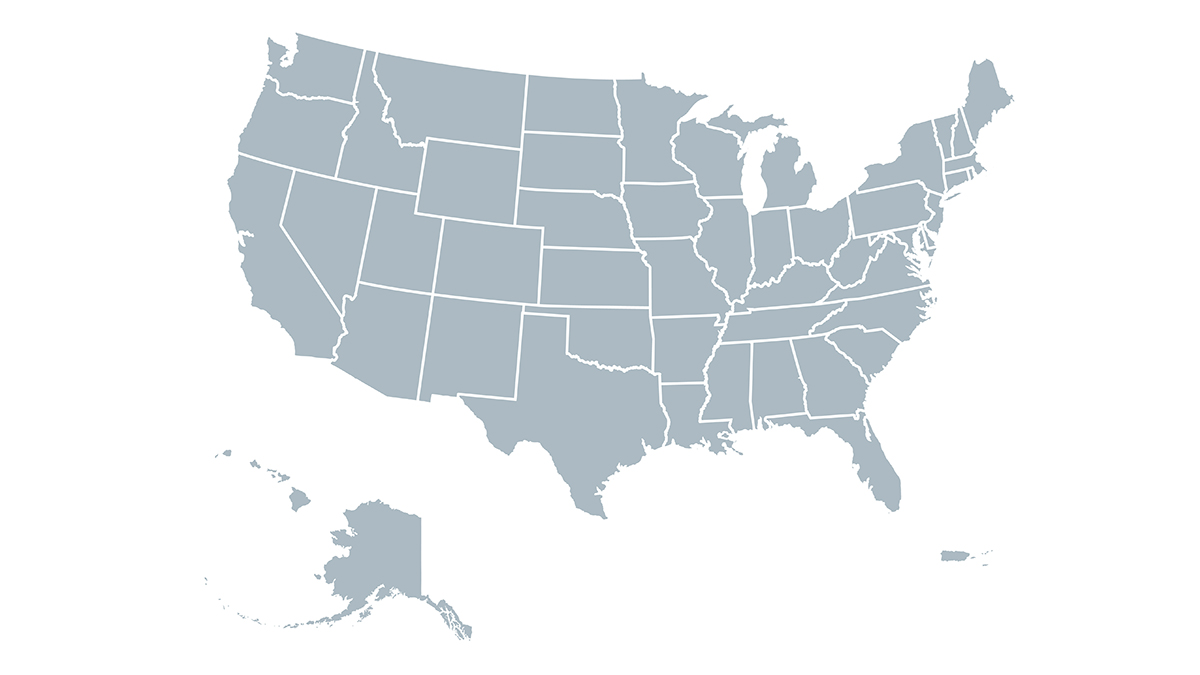Key points
- Most dengue cases reported in the 49 continental US states occur in travelers infected elsewhere.
- Local dengue transmission occasionally occurs in the continental United States.
- Most local transmission of dengue in the United States happens in areas where dengue is common, like US territories and freely associated states.

Dengue data
CDC maintains current and historic databases about dengue cases in the United States.
Current Data
View current year data of dengue cases reported in the United States: Current Year Data | Dengue | CDC
Historic Data
View data from dengue cases reported in the US since 2010: Historic Data | Dengue | CDC
What we've learned
- Most dengue cases reported in the 49 continental US states occur in travelers infected in areas with risk of dengue.
- Because of the types of mosquitoes that spread dengue are common throughout many areas of the United States, local spread of dengue is possible.
- The risk of widespread transmission in the continental United States is low.
- Limited local spread of dengue has been reported in Florida, Hawaii, Texas, Arizona, and California.
- Most local transmission of dengue in the United States happens in areas where dengue is common (endemic).
- Dengue is common in the U.S. territories of American Samoa, Puerto Rico, and the U.S. Virgin Islands, and the freely associated states, including the Federated States of Micronesia, the Republic of Marshall Islands, and the Republic of Palau.
